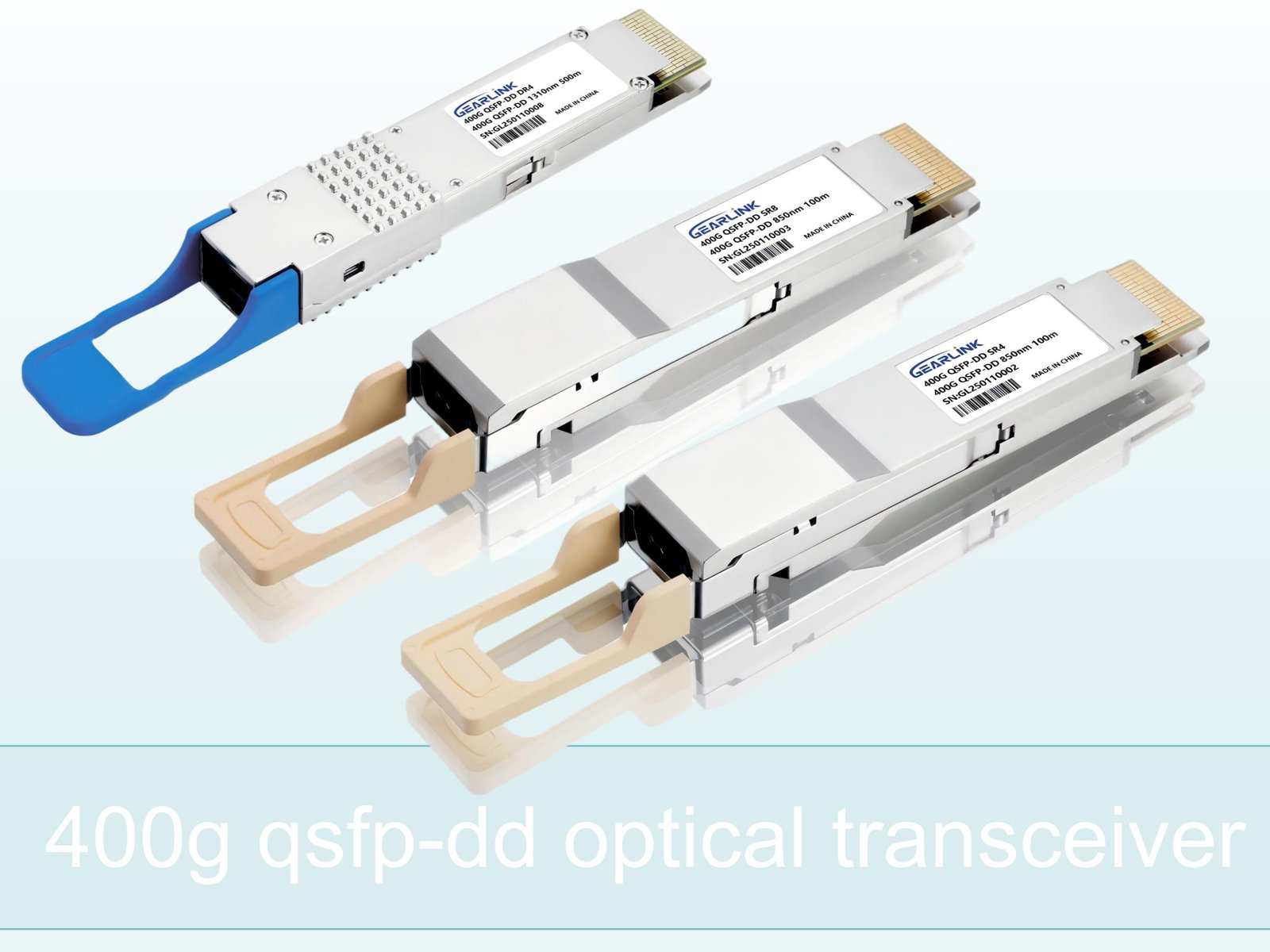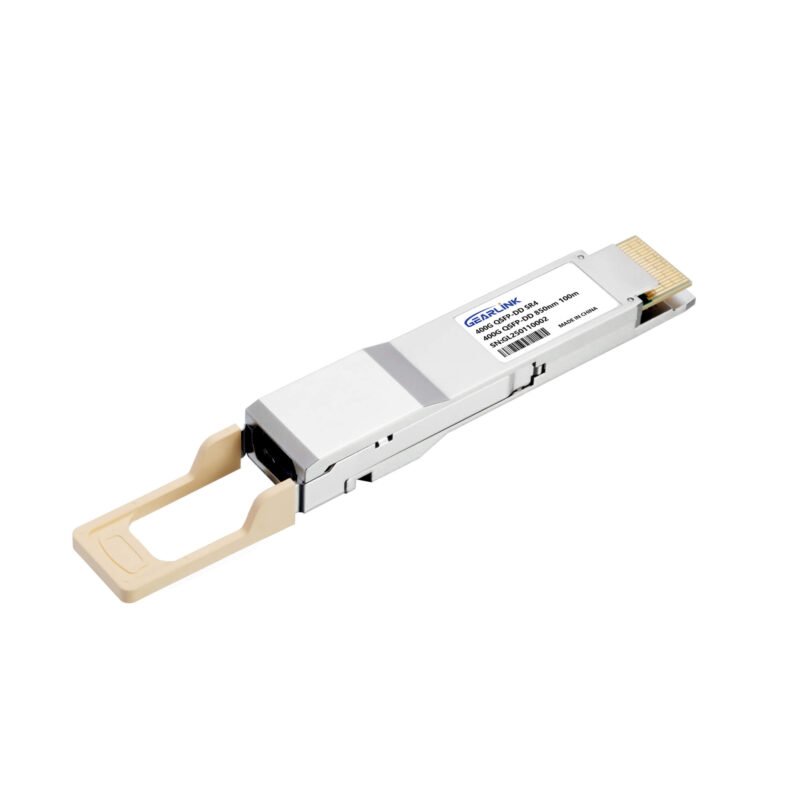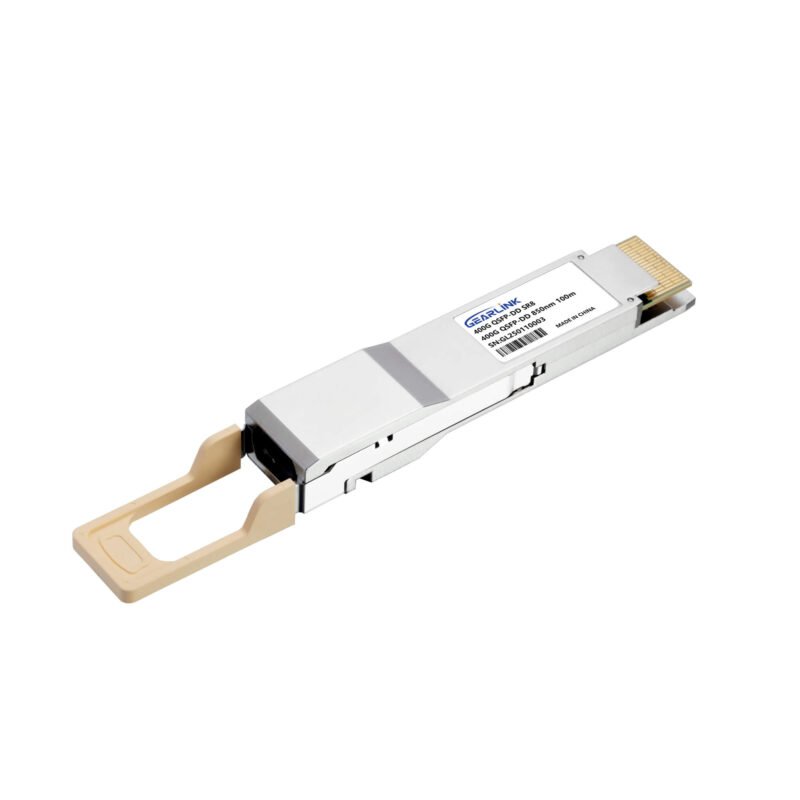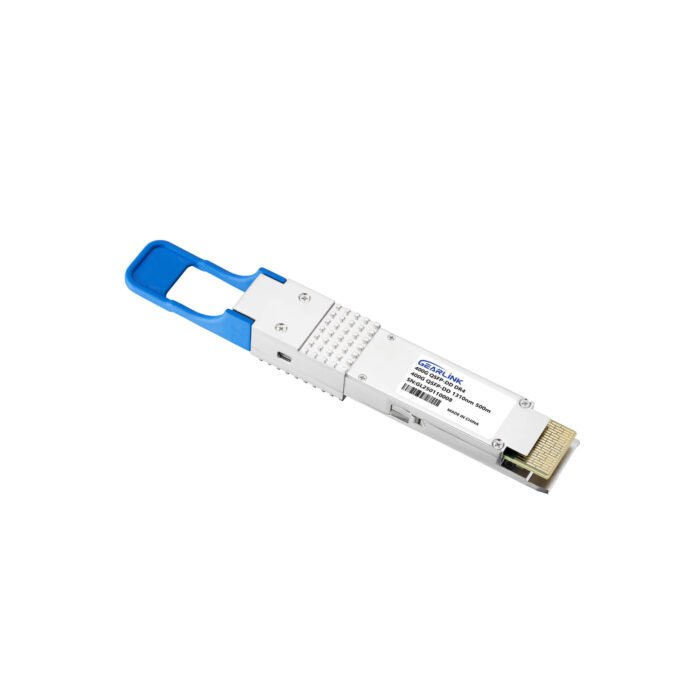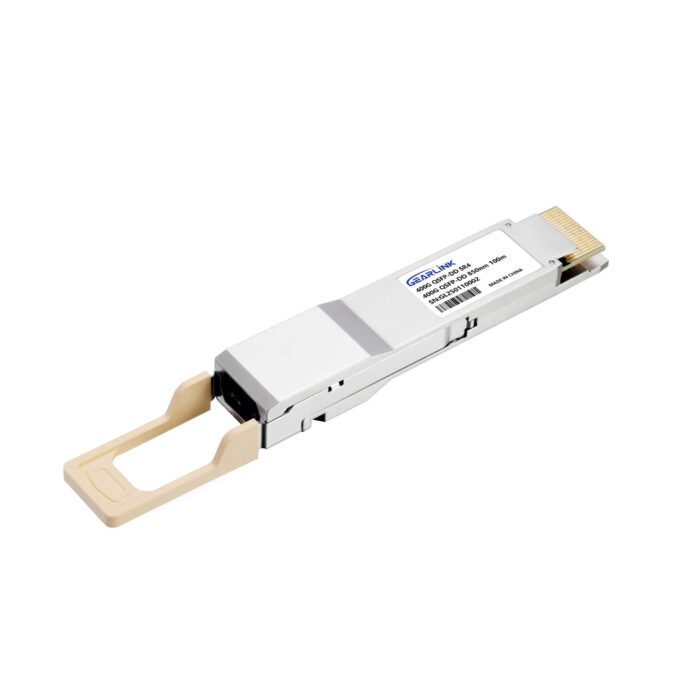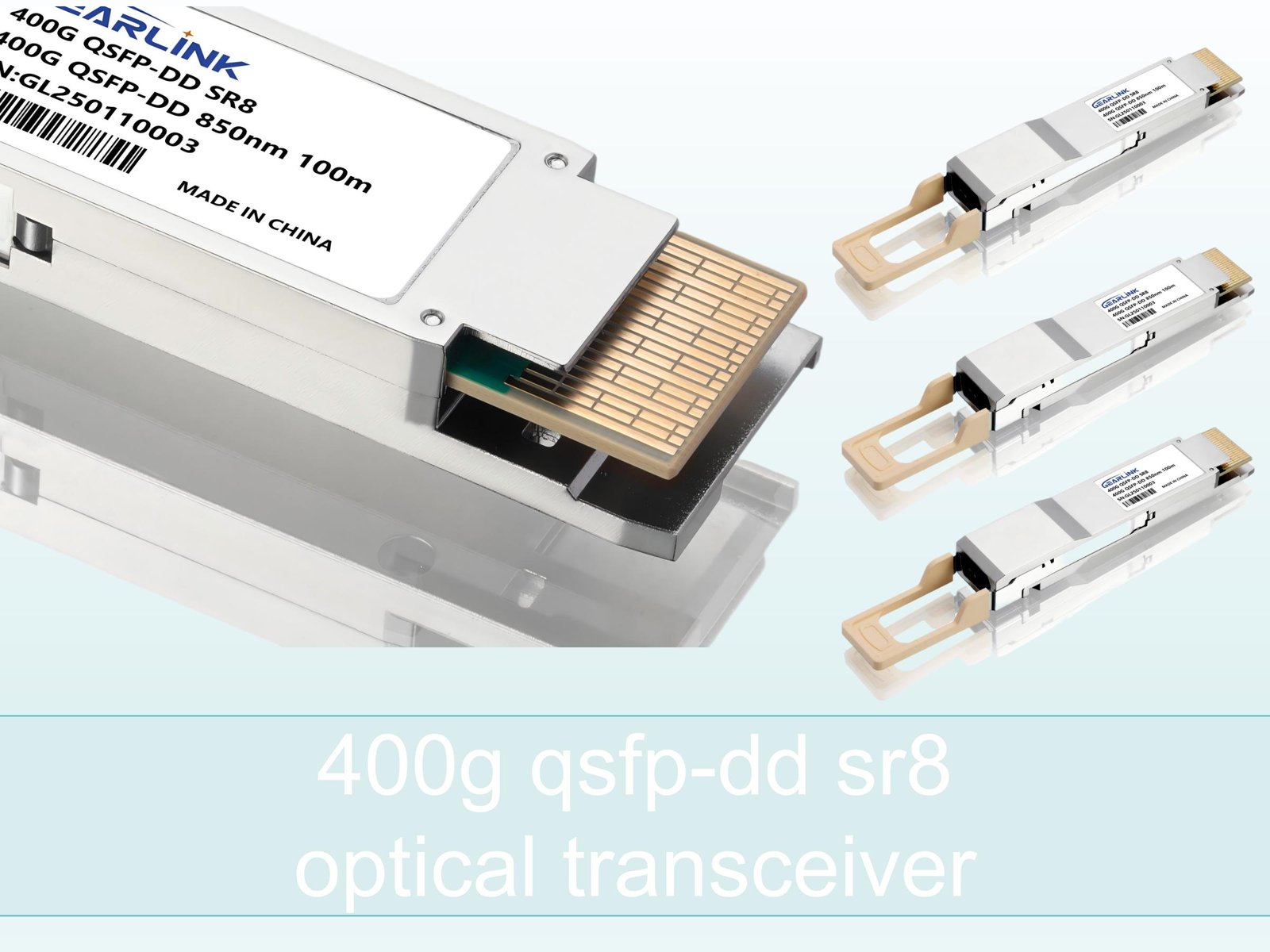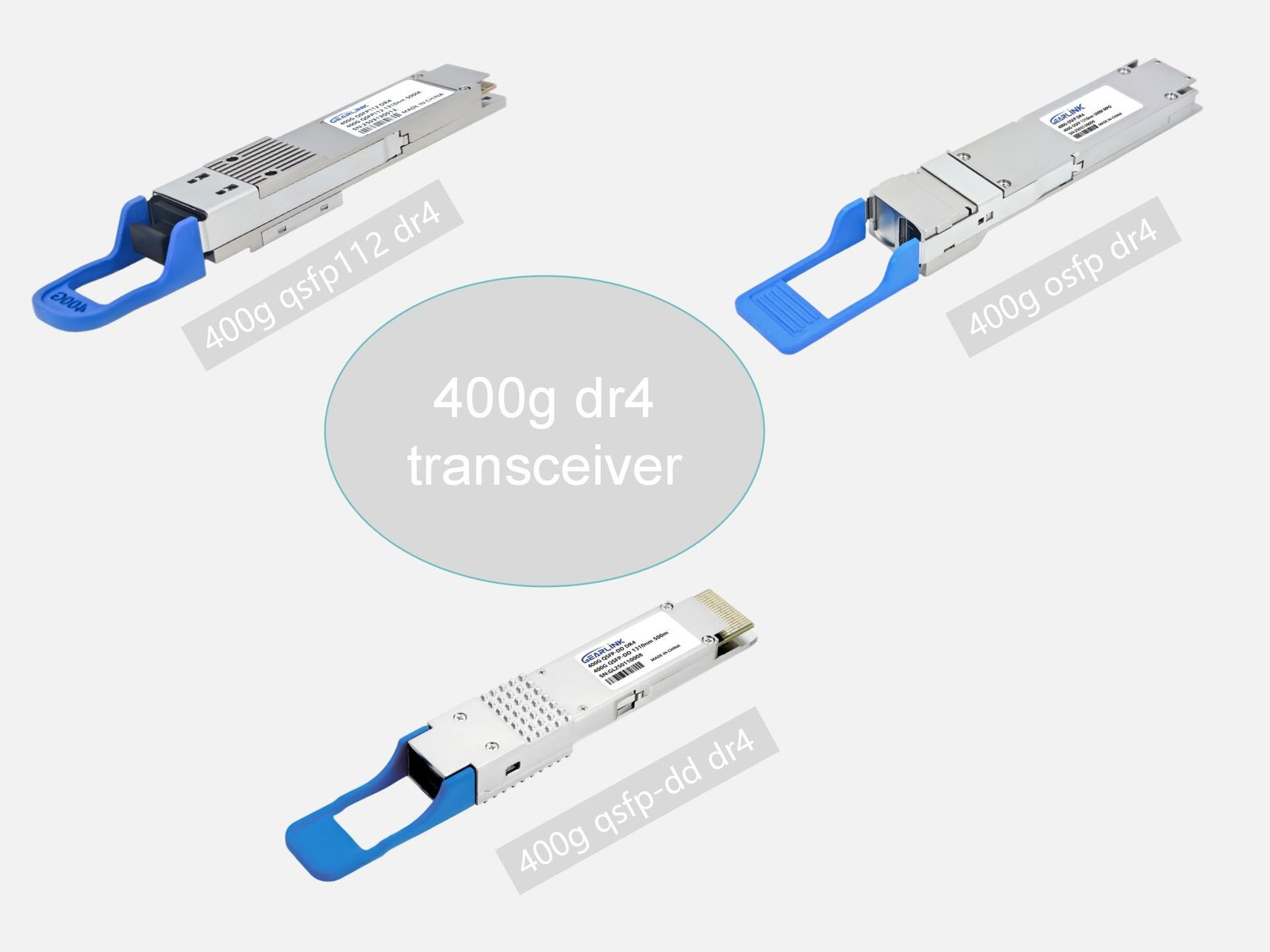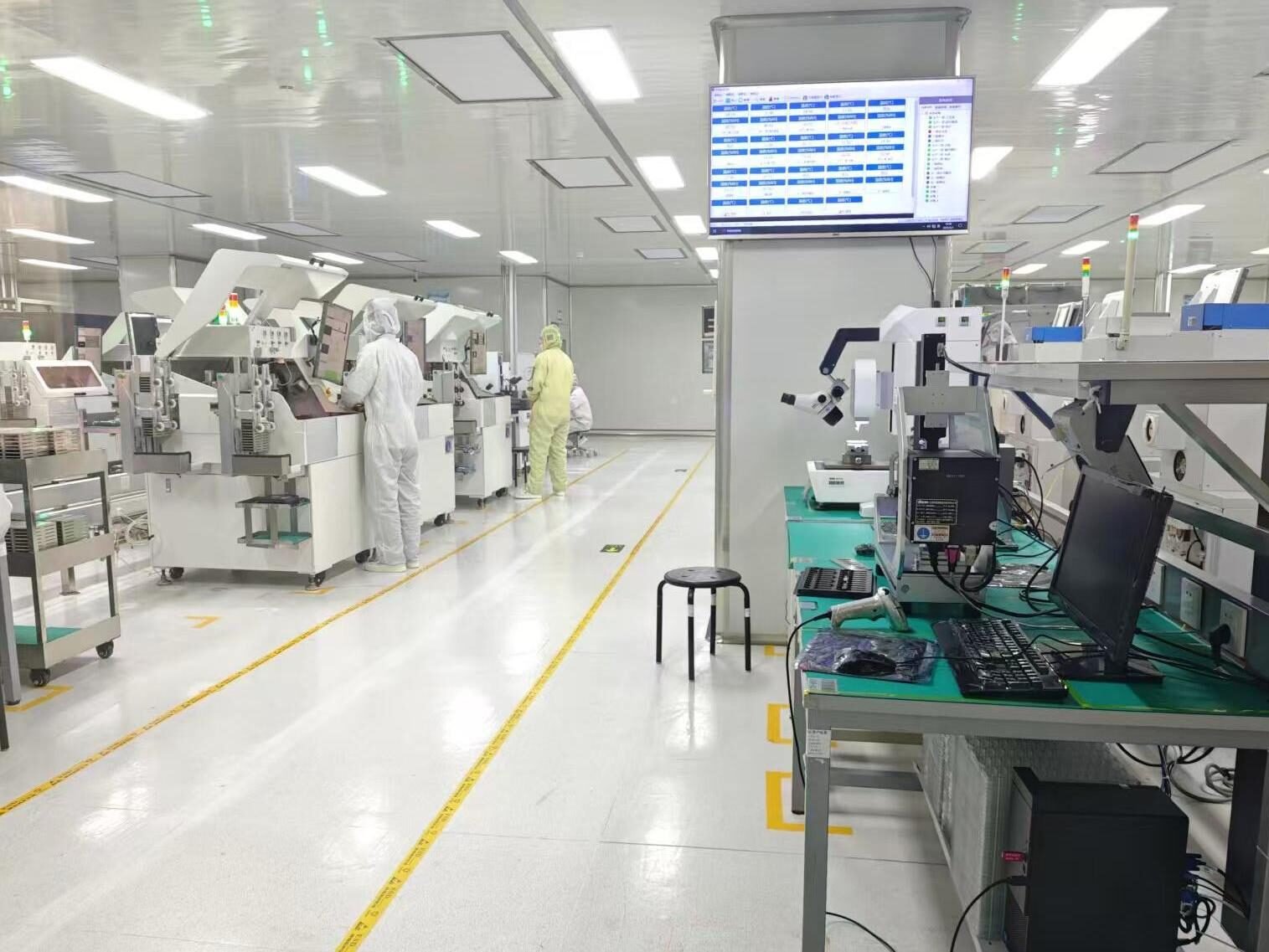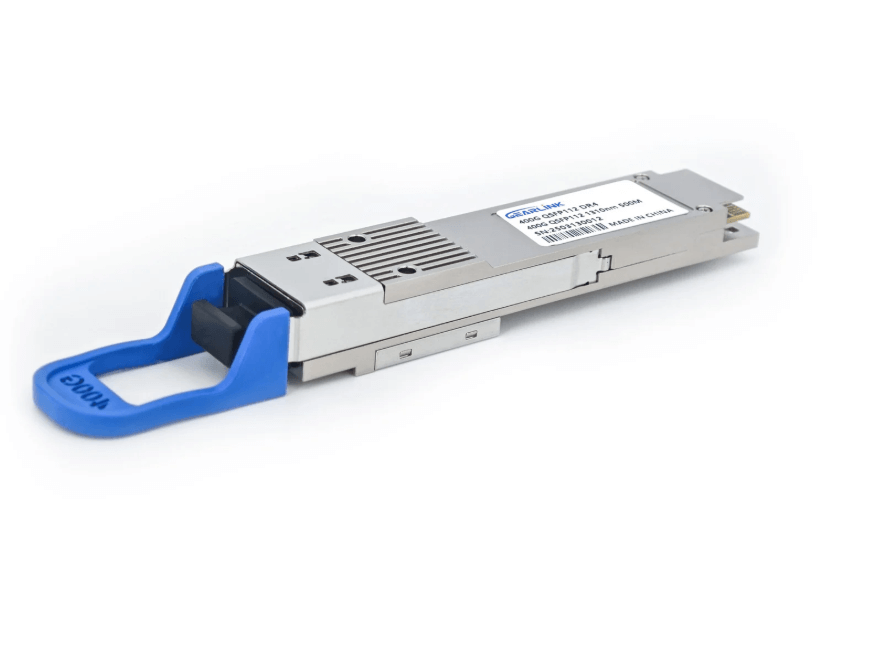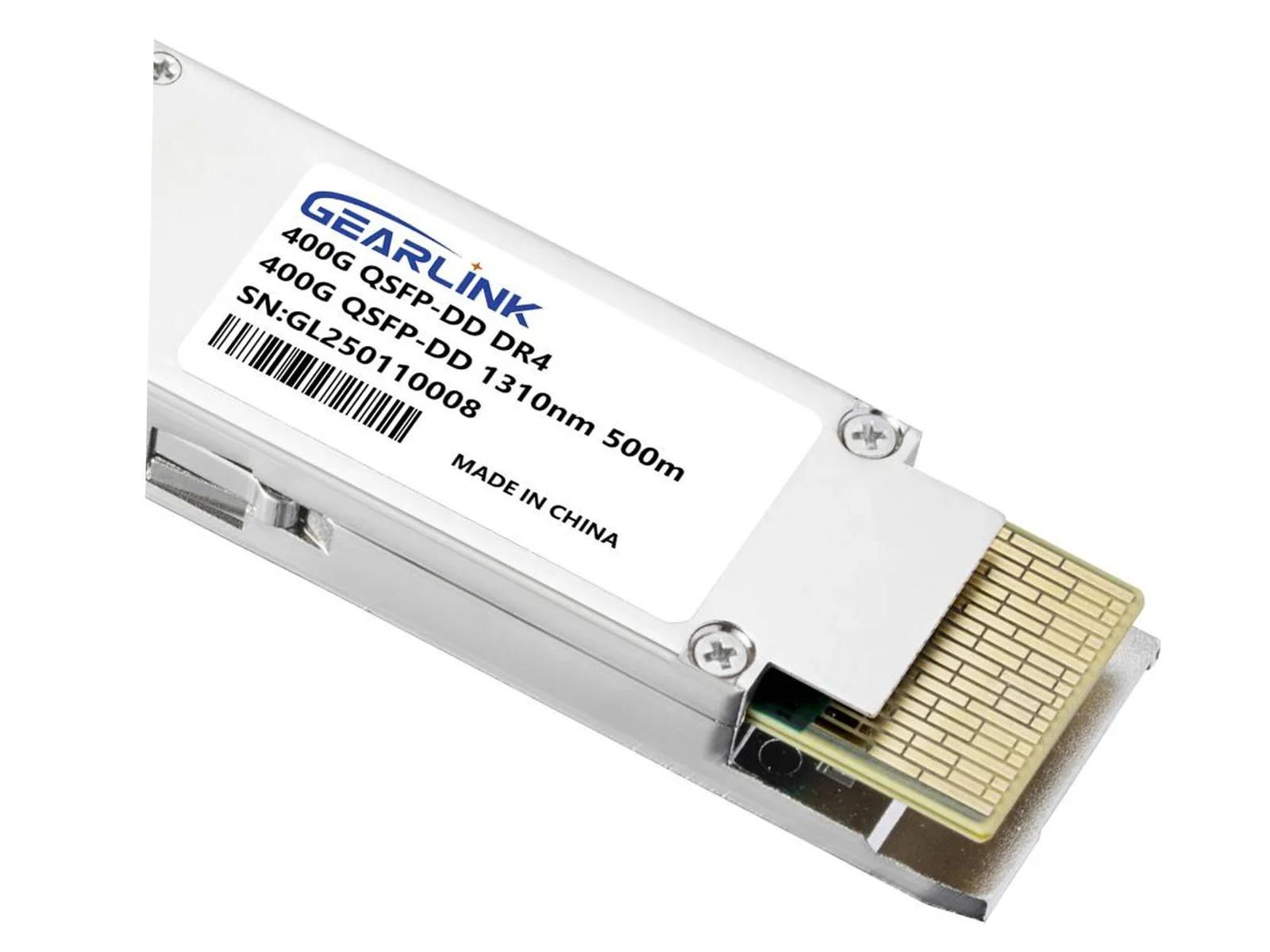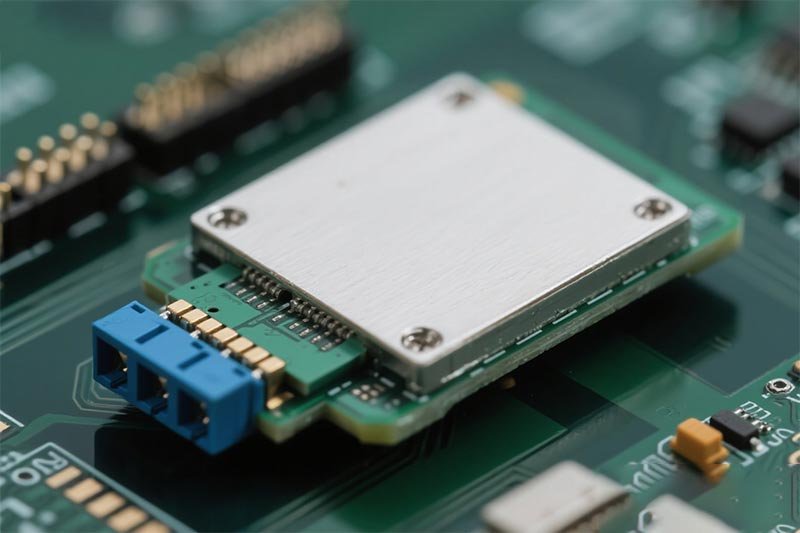Introduction to 400G QSFP-DD Technology
The demand for high-speed data transmission in data centers and cloud networks has never been greater. To meet these needs, the 400G QSFP-DD transceiver has been introduced as one of the most powerful and scalable solutions. The abbreviation QSFP-DD stands for Quad Small Form-factor Pluggable Double Density, and it is designed to deliver twice the density of existing QSFP modules while maintaining backward compatibility.
The QSFP-DD 400G standard was developed by the QSFP-DD Multi-Source Agreement (MSA) group. It allows data center operators to achieve high bandwidth while reducing cost per bit and optimizing energy efficiency. Today, 400G QSFP-DD modules are deployed widely in hyperscale data centers, high-performance computing, and carrier networks.
In this comprehensive guide, the features, benefits, and applications of QSFP-DD transceivers will be discussed in detail. Additionally, comparisons with other module form factors will be provided, making it easier for decision-makers to select the right solution.
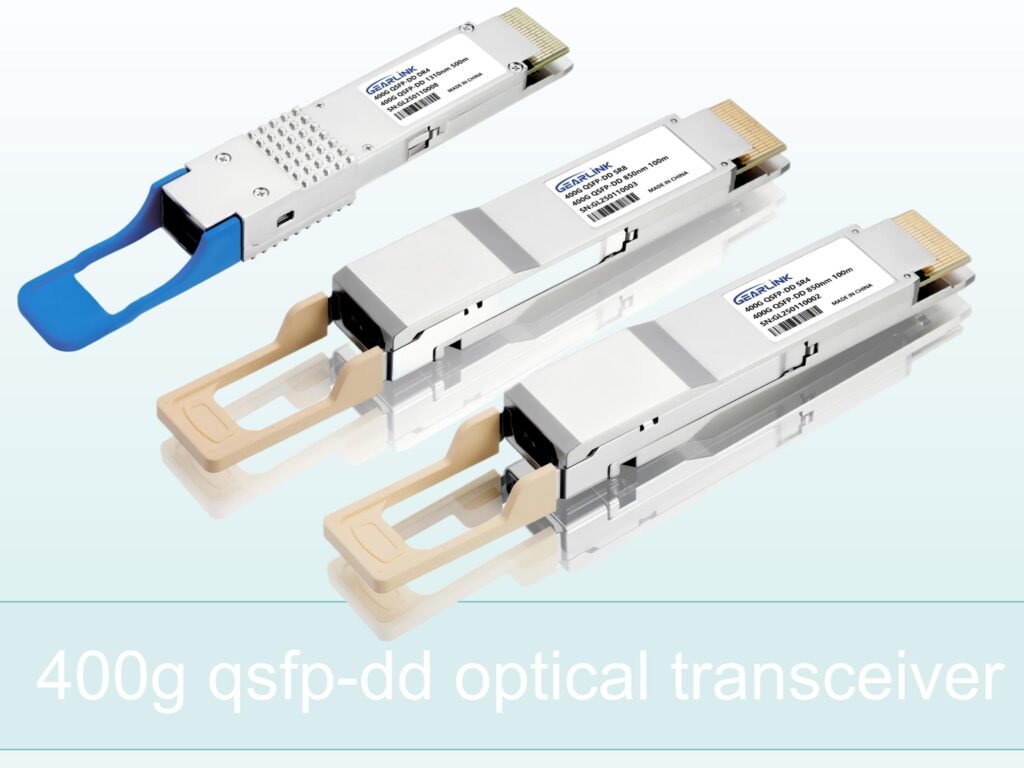
What Is a 400G QSFP-DD Transceiver?
A 400G QSFP-DD transceiver is an optical or copper-based module that enables 400 gigabit per second transmission rates. The form factor is compact yet highly efficient, allowing eight lanes of electrical signaling at 50Gb/s each.
The QSFP-DD Module Structure
The QSFP-DD module has been engineered to maintain backward compatibility with existing QSFP form factors, such as QSFP28 and QSFP56. This makes upgrades from 100G or 200G to 400G smoother for data centers.
Key design features include:
| Feature | Description |
| Form Factor | Double-density QSFP (8 lanes vs. 4 in QSFP) |
| Data Rate per Lane | 50Gb/s |
| Total Bandwidth | 400Gb/s |
| Compatibility | Backward compatible with QSFP28, QSFP56 |
| Connector Type | 76-pin |
| Typical Reach | From 100m (MMF) to 10km+ (SMF) |
| Standards | IEEE 802.3bs, QSFP-DD MSA |
Why Choose QSFP-DD for 400G?
Advantages of 400G QSFP-DD Modules
The use of QSFP-DD 400G transceivers has been accelerated due to several advantages:
High Port Density – With double the density of QSFP, operators can scale up without expanding physical space.
Energy Efficiency – Power per bit is reduced when compared to multiple lower-speed modules.
Flexibility – The same module cage supports 100G, 200G, and 400G modules.
Cost Optimization – Deployment costs are reduced thanks to backward compatibility and high-density design.
Interoperability – A wide ecosystem of vendors ensures multi-vendor support.
Emotional and Strong Benefits
The adoption of QSFP-DD transceivers is often described as a revolutionary step for data centers. With its powerful performance, network operators gain peace of mind knowing that their infrastructure is future-proof, scalable, and reliable.
Types of 400G QSFP-DD Modules
There are several types of 400G QSFP-DD transceivers, each designed for specific reach and media.
Classification by Fiber Type
| QSFP-DD Module | Fiber Type | Reach | Application |
| 400G QSFP-DD SR8 | MMF (OM4) | 100m | Intra-data center short reach |
| 400G QSFP-DD DR4 | SMF | 500m | Data center interconnect |
| 400G QSFP-DD FR4 | SMF | 2km | Campus and metro connections |
| 400G QSFP-DD LR4 | SMF | 10km | Metro and long-haul networks |
| 400G QSFP-DD ER8 | SMF | 40km | Carrier networks |
| 400G QSFP-DD DAC/AOC | Copper/Active Optical | 1m–10m | Short rack connections |
Passive vs. Active Solutions
Passive DAC cables are used for ultra-short distances, typically inside racks.
Active Optical Cables (AOCs) extend reach while maintaining low latency.
Optical QSFP-DD transceivers cover medium to long distances, up to 40km.
Applications of QSFP-DD 400G Modules
Data Center Applications
Leaf-Spine Architectures: High-density switching fabric requires 400G links.
Server to ToR Connections: Using DAC/AOC for ultra-low-latency interconnects.
East-West Traffic: 400G QSFP-DD modules ensure efficient bandwidth scaling.
Telecom and Carrier Networks
5G Fronthaul and Backhaul – To handle growing mobile traffic.
Metro and Long-Haul Transmission – LR4 and ER8 modules deliver robust coverage.
High-Performance Computing
QSFP-DD transceivers are critical in HPC environments where massive datasets must be processed with minimal latency.
QSFP-DD vs. Other 400G Form Factors
Comparison with OSFP
| Feature | QSFP-DD | OSFP |
| Size | Smaller | Slightly larger |
| Backward Compatibility | Yes | No |
| Thermal Capacity | Up to 14W | Up to 15W |
| Ecosystem | Widely adopted | Growing |
Comparison with CFP8
| Feature | QSFP-DD | CFP8 |
| Density | 2x higher | Lower |
| Deployment | Data centers | Telecom |
| Cost | Lower | Higher |
Future of 400G QSFP-DD Transceivers
The industry is already preparing for 800G and 1.6T modules, but 400G QSFP-DD will continue to dominate for years. Thanks to its flexibility, efficiency, and powerful scalability, the module ensures that investments made today will remain valuable tomorrow.
FAQs
Q1: What is a 400G QSFP-DD transceiver used for?
A 400G QSFP-DD transceiver is used for high-speed optical and copper connections in data centers, telecom networks, and HPC environments.
Q2: Is QSFP-DD backward compatible?
Yes, QSFP-DD modules are backward compatible with QSFP28 and QSFP56 transceivers.
Q3: What is the difference between QSFP-DD and OSFP?
While both support 400G, QSFP-DD is smaller and backward compatible, whereas OSFP supports slightly higher power consumption.
Q4: How far can a 400G QSFP-DD transceiver transmit?
Depending on type, QSFP-DD 400G modules can reach from 1m (DAC) up to 40km (ER8).
Q5: Why is QSFP-DD considered a future-proof solution?
Because QSFP-DD transceivers deliver scalability, cost savings, and interoperability, they are widely adopted as a long-term solution for high-speed networking.
